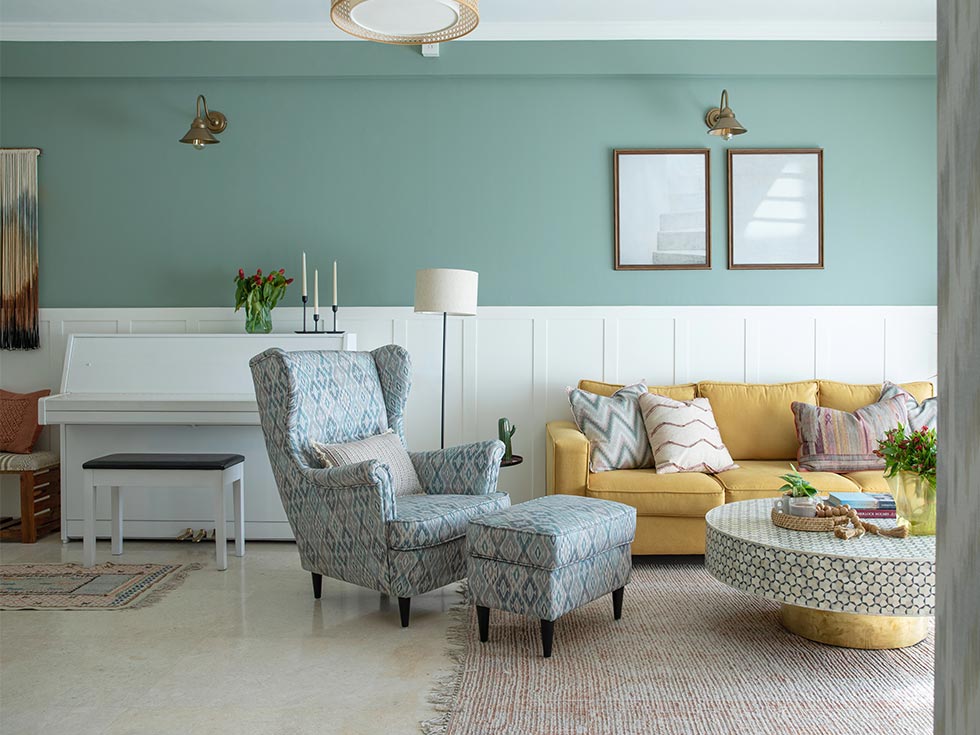In the intricate dance between commerce and creativity, few realms encapsulate the synergy of art and science as profoundly as retail interior design. Beyond merely providing a backdrop for transactions, these spaces serve as immersive environments where brands express their identity, engage customers, and evoke emotions. “Sculpting Space: The Stunning Art and Science of Retail Interior Design” delves into the multifaceted world of retail design, exploring how designers craft captivating experiences that resonate with consumers on a profound level.
The Psychology of Space
At the heart of effective retail interior design lies a deep understanding of human psychology. Every aspect of a space, from its layout to its lighting, influences how customers perceive and interact with a brand. Designers leverage principles of environmental psychology to create environments that foster positive emotions and encourage exploration. For instance, strategically placed focal points and sightlines draw customers deeper into the store, while comfortable seating areas invite them to linger and engage with products.
The Art of Storytelling
Great retail design is akin to storytelling, with each element contributing to a cohesive narrative that resonates with customers. From the moment they step through the door, visitors should feel immersed in the brand’s world, with every detail reinforcing its identity and values. Whether through evocative visual displays, curated product arrangements, or thematic decor, designers weave a tale that captivates and compels, forging an emotional connection that transcends the transactional.
The Science of Sensory Experience
In the realm of retail design, sensory experience reigns supreme. Beyond what meets the eye, designers harness the power of scent, sound, and touch to create memorable encounters that leave a lasting impression. Ambient music sets the mood, while carefully curated fragrances evoke specific emotions and memories. Even the tactile qualities of materials and textures play a crucial role, inviting customers to interact with products in a way that engages multiple senses simultaneously.
The Evolution of Technology
As technology continues to reshape the retail landscape, designers must adapt and innovate to stay ahead of the curve. From interactive displays and augmented reality experiences to seamless omni-channel integration, the possibilities are endless. Yet, amid the digital revolution, the human element remains paramount. Successful retail design strikes a delicate balance between the virtual and the tangible, leveraging technology to enhance rather than overshadow the customer experience.
Sustainability and Ethical Design
In an age of heightened environmental awareness, sustainability has emerged as a defining principle in retail design. Designers are increasingly challenged to create spaces that not only look good but also minimize their ecological footprint. From eco-friendly materials and energy-efficient lighting to biophilic design principles that reconnect customers with nature, sustainability is woven into the very fabric of modern retail environments. Moreover, ethical considerations extend beyond environmental concerns to encompass issues of social responsibility, from fair labor practices to diversity and inclusion.
The Future of Retail Design
As we peer into the future, the possibilities for retail design are both exhilarating and daunting. Rapid technological advancements, shifting consumer preferences, and global socio-economic trends will undoubtedly shape the landscapes of tomorrow. Yet, amid the uncertainty, one thing remains clear: the enduring power of human connection. Regardless of how technology evolves, successful retail design will always prioritize the human experience, crafting spaces that inspire, delight, and ultimately, endure.
Conclusion:
In the intricate tapestry of commerce and creativity, retail interior design stands as a testament to the enduring fusion of art and science. From the psychology of space to the art of storytelling, the science of sensory experience, and beyond, designers wield a formidable array of tools to craft immersive environments that captivate the imagination and stir the soul. As we navigate an ever-changing landscape, one thing remains constant: the profound impact of thoughtful design on our lives and our world. In sculpting space, we shape not only environments but experiences, memories, and emotions that resonate far beyond the confines of brick and mortar.
